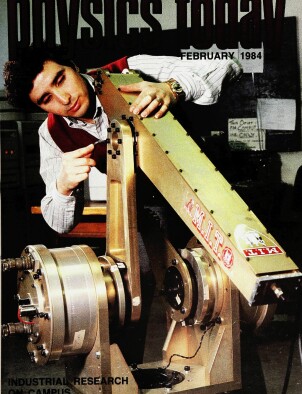Growing up recoil‐free in India
DOI: 10.1063/1.2916081
A key insight, gained almost accidentally during the investigation of a modest problem in a small area of physics, occasionally assumes a significance far beyond the original relevance and touches almost the entire discipline. Of such stuff is a great discovery sometimes made. A good example is the discovery of x rays by Wilhelm Röntgen. Another is the discovery of recoil‐free gamma rays by Rudolf Mössbauer, just over 25 years ago, in 1958. Like Röntgen, Mössbauer was a Bavarian. Working at the University of Heidelberg on a mundane experiment of interest only to nuclear physicists, Mössbauer happened onto an elegant effect that enables the measurement of extremely small energy shifts of nuclear gamma rays. The discovery immediately attracted widespread interest and became a technique of great usefulness for such fields as solid‐state physics, chemistry, biophysics and metallurgy, besides providing an ultrafine instrument for investigating subtle effects predicted by quantum mechanics and general relativity. That it was made while Mössbauer was still a graduate student—and earned him a Nobel prize only three years later—also made it one of the most romantic episodes in postwar physics.
This article is only available in PDF format
References
1. P. B. Moon, Proc. Phys. Soc. A63, 1189 (1950).
2. R. L. Mössbauer, in Anomalous Scattering, S. Ramaseshan, S. C. Abrahams, eds., Munksgaard, Copenhagen (1975).
3. R. S. Raghavan, Proc. Indian Acad. Sci. 53A, 265 (1961).
4. H. Frauenfelder, The Mössbauer Effect, Benjamin, New York (1962).
This provides an excellent introduction to the field and contains reprints of early papers and a complete bibliography up to 1962.5. S. W. Petersen, H. G. Smith, Phys. Rev. Lett. 7, 7 (1961). https://doi.org/PRLTAO
See also Anomalous Scattering, reference 2.
More about the Authors
Ramaswamy S. Raghavan. Technical Staff of AT&T Bell Laboratories, Murray Hill, New Jersey.




